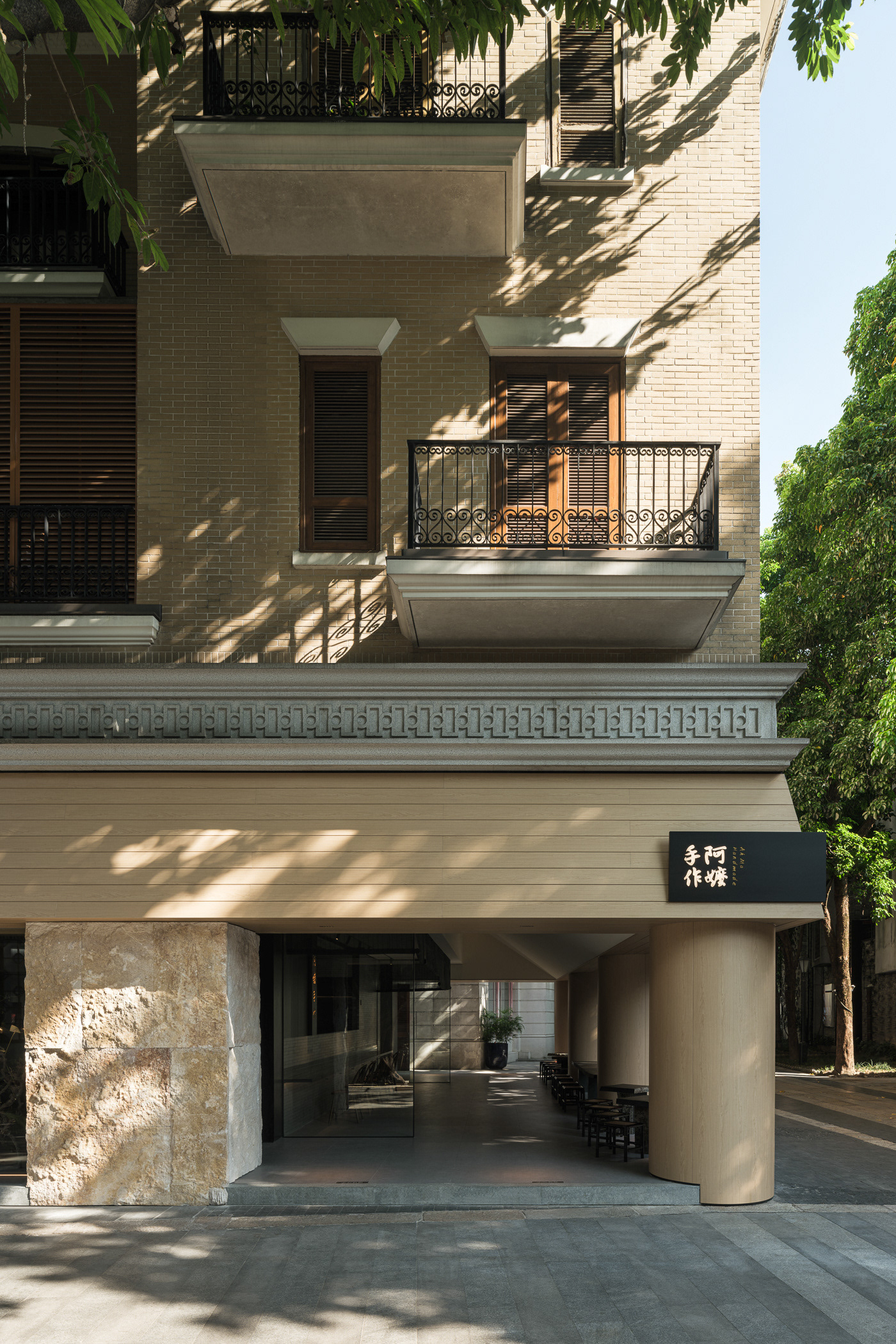Experimental Typography
Letterforms created from found materials
Letterforms created from found materials
A series of letterforms created using a range of found materials. I chose materials which share characteristics with the typefaces they represent. Some of the letterforms accurately depict certain typefaces while others are more experimental in nature.

Jelly seemed to sum up the fun, friendly and approachable nature of Cooper Black (Oswald Cooper, 1922). Notable for its rounded serifs, bulbous curves and heavy weight.

The bike chain leant itself perfectly to the recreation of Matthew Carter's Shelley Script (1972).

I created a template which I then stuck to the television to represent Paul Renner's iconic geometric sans-serif Futura font (1927). I took this image from a programme exploring technologies of the future.

Friedrich Karl Sallwey created Present Script in 1974. This light brush script seemed to be represented most effectively using a soft organic material, in this case moss.

Matthew Carter's Snell Roundhand (1965) is represented here by cassette tape. Carter's script font, based on the handwriting of Charles Snell, an English writing master who wrote The Pen-mans Treasury Opend in 1694, is given even more of a flourish through the natural curliness of the tape.

An adaptation of M.K. Kaufmann's typeface from 1936 rechristened Kaufmann Kino to represent its creation using 16mm film strip.

The skin of four satsumas provided enough material to create the alphabet.There are a bizarre assortment of old wives' tales relating to fruit peel. For example, if you peel an apple and manage to keep the peel intact, throw it over your left shoulder then look for a letter shape once it has landed on the floor. The letter will be the first letter of the name of your future husband.

Wood letters.

Sheep droppings!

Letterforms made out of Quality Street wrappers.
The word 'Sharp' in Helvetica created using pencil sharpenings.

A small selection of sans-serif letterforms made out of tea lights.

A small selection of letters roughly following ITC Kabel (1927).

A selection of letterforms made out of clocks, watches and a mobile phone to represent features of Times New Roman (1931). It seemed fitting to represent Stanley Morison's typeface for The Times of London in time-telling devices.



